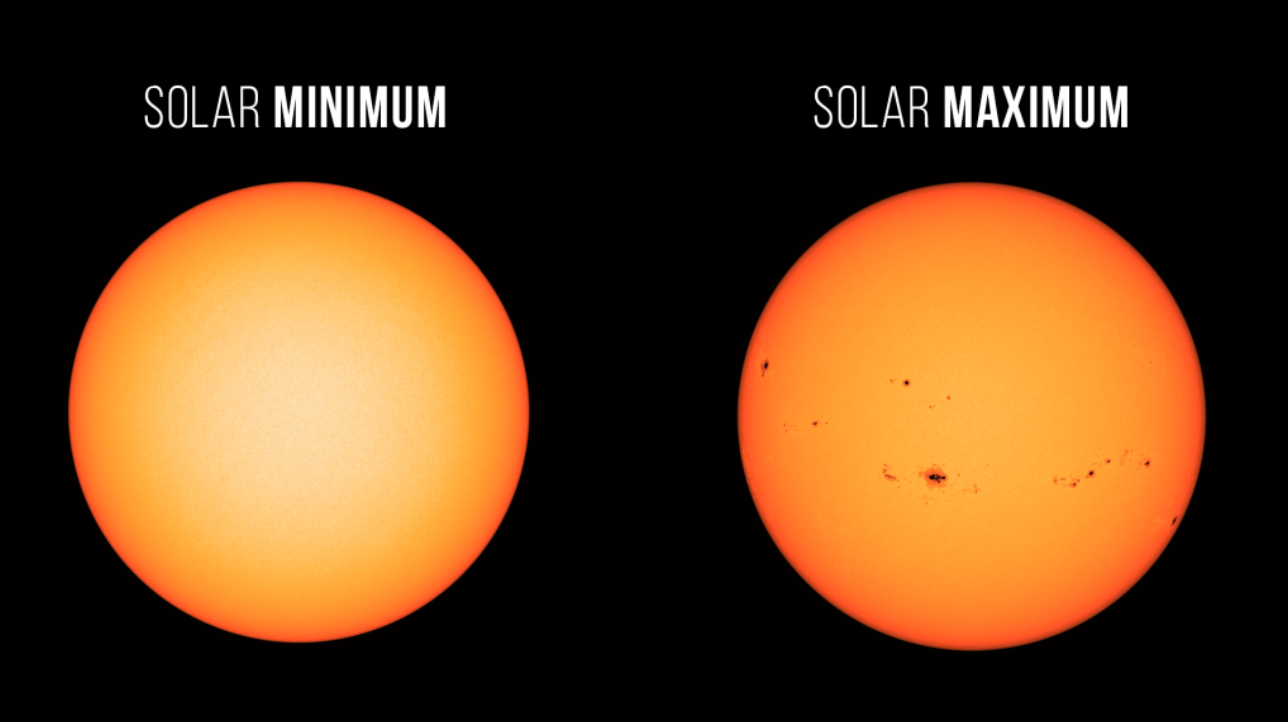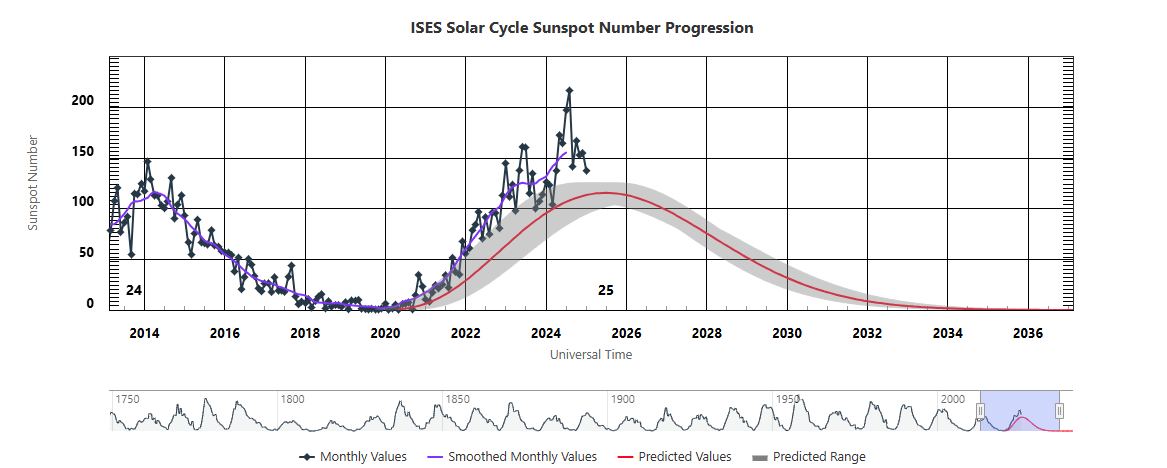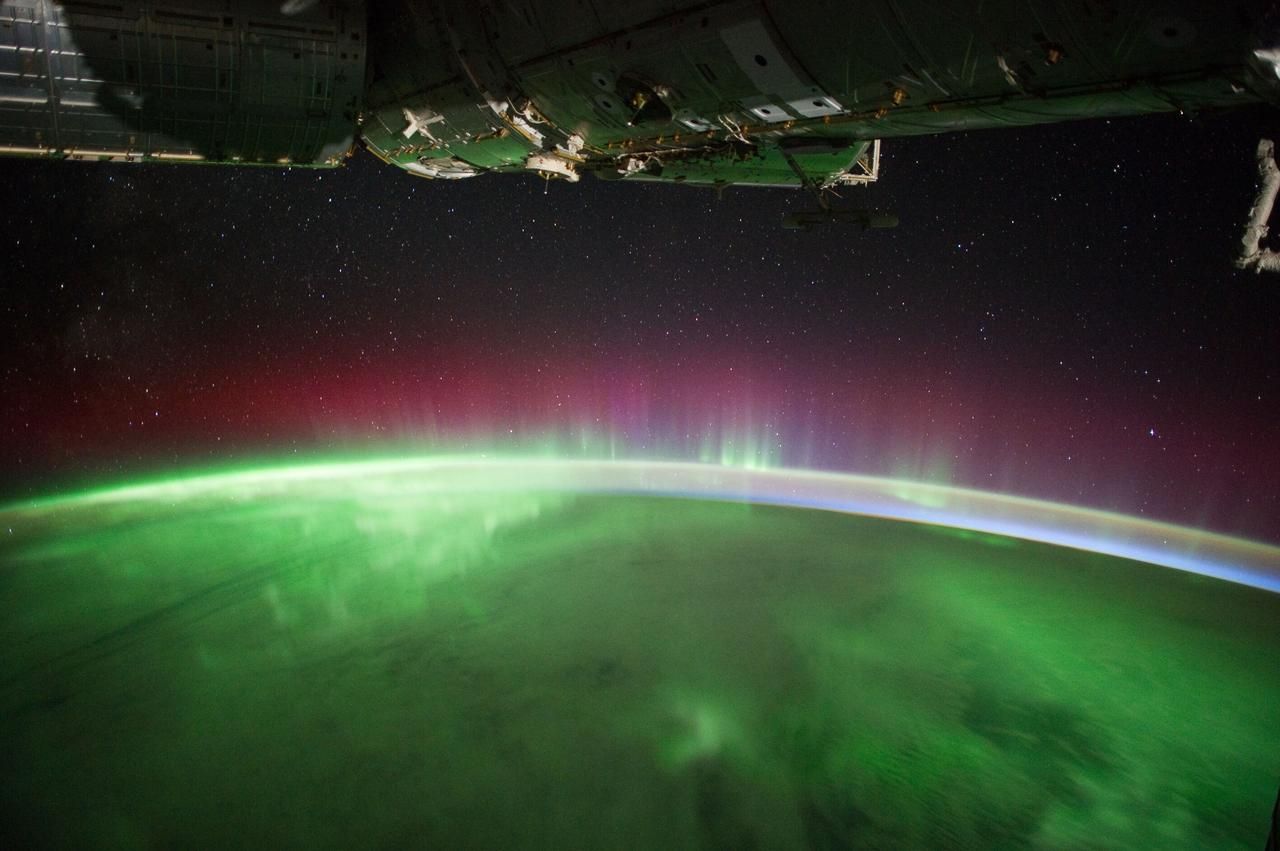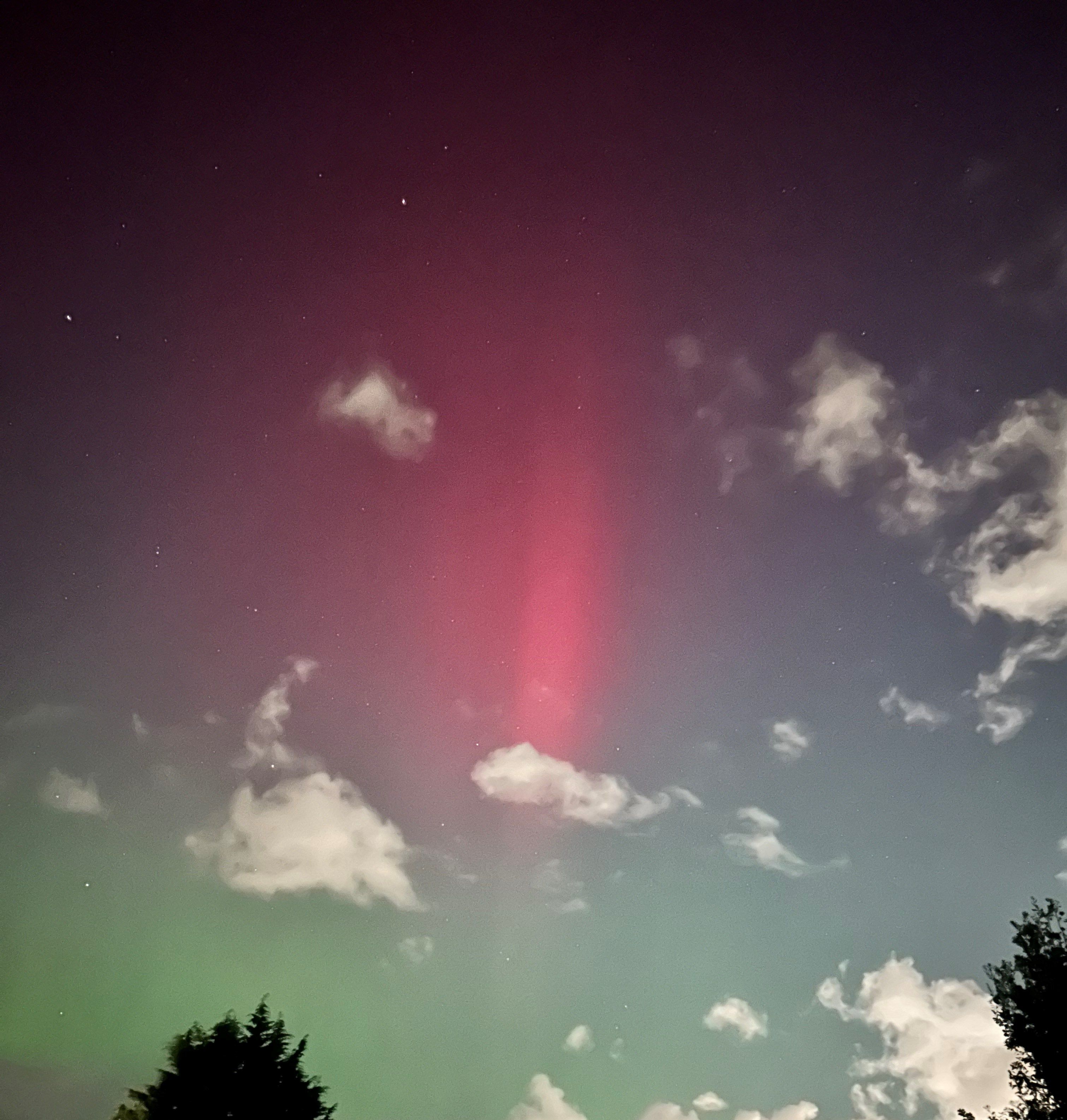Summary
- The Sun is at the peak of its activity cycle in 2025, caused by a flip in the star’s magnetic poles.
- Coronal mass ejections can disrupt technology and power grids but create stunning auroras on Earth.
- To increase your chances of seeing an aurora, head or look towards a pole, seek dark skies, and take long-exposure photos.
2024 was a year of many spectacular aurora displays, and this is set to continue into 2025, thanks to a peak in the Sun’s solar activity.
What Is a Solar Activity Peak?
The Sun reaches a peak of activity—also known as a solar maximum—every 11 years or so. This peak results in more sunspots appearing on our star’s surface than during any other period, as well as an increase in the number and intensity of coronal mass ejections (CMEs)—large jets of energetic and magnetized plasma erupting from the outermost layer of the Sun’s atmosphere.
The cause of a solar maximum is a flip in the Sun’s magnetic field. Speaking to NASA, Stanford solar physicist Phil Scherrer explains, “The Sun’s polar magnetic fields weaken, go to zero, and then emerge again with the opposite polarity. This is a regular part of the solar cycle.”
Experts use these patterns of peaks and troughs from previous decades to estimate that such activity will continue increasing until around May 2025, remaining at a high level for most of the year before dropping off as we head into 2026.
This year marks the 25th cycle since sunspot activity record-taking began in 1755, which is why the current peak is referred to as solar cycle 25.
How Will the Solar Maximum Affect Us on Earth?
Since the influence of the Sun’s magnetic field—an effect known as solar wind—extends far beyond Pluto, when our star’s poles flip, it affects the entire solar system. Considering how relatively close we are to our star in this context, it’s no surprise that solar maximums affect us here on Earth.
As CMEs interact with Earth’s magnetic field, electronically charged particles are funneled towards our planet’s poles, where they collide with oxygen and nitrogen in the atmosphere to create shimmering displays called Aurora Borealis (the Northern Lights) and Aurora Australis (the Southern Lights). This picture taken by astronauts on the International Space Station reveals how auroras look from above our atmosphere.
At the same time as they’re producing amazing visual displays, CMEs—particularly strong ones—can disrupt communications, power grids, and satellites, affecting elements of our daily lives that we usually take for granted. As recently as October 2024, a larger-than-usual CME led to a communications blackout over several parts of the Pacific.
You can take some steps to protect your technology from this year’s powerful solar activity, like unplugging devices from the mains, using a surge protector, or making backups of important data on local media, such as DVDs or external hard drives that you usually keep turned off.
Top Tips for Seeing the Northern Lights in 2025
For aurora chasers in the Northern Hemisphere, the key is to get as far north as you can—or, at least, look in a northerly direction. Likewise, those south of the equator should head or cast their gazes southwards. That said, in May 2024, people as far south as Cornwall in the UK, Florida in the US, and Delhi in India reported sightings of the Northern Lights, as the CMEs were so powerful that the particle-atmosphere collisions were more intense than usual.
The darker the sky above your head at night, the better chance you have of capturing the magnificent phenomenon. Use a light pollution map to find nearby locations with less interference from city lights, and coincide your efforts with the Moon being in its new or crescent phases.
If you look outside and think you might be able to see hints of green and purple up above, but you can’t be 100% sure, set your camera to long exposure and grab a shot of the sky. This picture I took on my iPhone 14 (ISO 4000, 26mm, f1.5, 10s) in October 2024 in central UK accentuated the Northern Lights when, to the naked eye, they appeared much fainter.
Whether you’re hoping to see the Northern Lights or protect your devices from powerful CMEs, websites like Space Weather Live and NASA’s Space Weather Prediction Center can keep you up-to-date on the latest solar activity.
One of the reasons our Sun is currently undergoing regular solar activity cycles is that it’s currently in the main sequence phase of its life cycle which accounts for 80 to 90% of its active existence. In around 5 billion years’ time, however, it will enter its red giant phase, engulfing Earth in the process.








